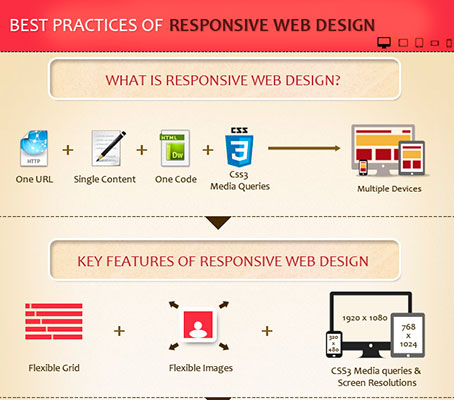Web Designs: Enhancing User Experience For Better Conversions
Web Designs: Enhancing User Experience For Better Conversions
Blog Article
Web Content Author-Hood Sahin
Have you ever visited a site that took permanently to tons, had a complex navigation system, or really did not display appropriately on your mobile device? Chances are, you rapidly abandoned that site and carried on to one that offered a much better user experience.
In today's competitive on-line landscape, it's crucial for businesses to focus on web design that enhances user experience in order to drive better conversions. In this discussion, we will check out the relevance of responsive style, the usage of user-friendly navigating, and the optimization of web page load speed to develop a seamless and interesting user trip.
Remain tuned to discover exactly how these elements can significantly influence your internet site's success.
Significance of Responsive Design
Responsive style is crucial in today's digital landscape for producing web sites that adapt flawlessly to different screen dimensions and devices. When your website is receptive, it instantly changes its layout and material to fit any type of device, whether it's a mobile phone, tablet computer, or computer. browse around this website is critical because an increasing number of individuals are accessing the web with their smart phones.
If your web site isn't responsive, it can cause an inadequate user experience. Users might need to pinch and zoom to review web content, buttons might be as well small to click, and images may not be optimized for smaller screens. This can irritate users and result in high bounce prices and low conversions.
Utilizing Intuitive Navigation
When developing a receptive website, it is necessary to focus on making use of instinctive navigation for an enhanced individual experience.
Instinctive navigating refers to arranging your internet site's food selection and navigating aspects in a sensible and user-friendly way. By doing so, you make it much easier for site visitors to locate what they're seeking and browse via your web site easily.
Instinctive navigating helps in reducing confusion and disappointment, eventually bring about much better user engagement and raised conversions.
To accomplish intuitive navigating, think about making use of clear and descriptive tags for your menu items, implementing a constant layout throughout all pages, and including search capability for quick accessibility to details content. Furthermore, it's crucial to prioritize important pages and details, guaranteeing they're prominently presented and easily available.
Optimizing Page Tons Rate
To enhance user experience, it's vital to maximize the web page tons rate of your site. Slow filling times can irritate users and result in higher bounce rates.
Fortunately, there are numerous approaches you can implement to enhance your site's load rate. Firstly, consider lessening the dimension of your images by compressing them without compromising top quality.
Furthermore, optimize your code by minimizing unnecessary scripts and CSS files. An additional reliable strategy is to take advantage of web browser caching, which allows particular elements of your website to be stored locally, lowering tons times for returning visitors.
Moreover, think about using a web content shipment network (CDN) to disperse your site's data throughout numerous web servers, boosting lots rate for individuals in different geographical areas.
https://www.searchenginejournal.com/digital-marketing-trends-oracle/443718/
To conclude, by using receptive design, user-friendly navigating, and maximizing page lots speed, website design can significantly boost customer experience and drive better conversions.
With a straightforward user interface, simple navigating, and fast packing times, sites can record and retain the interest of customers, bring about boosted involvement and higher conversion prices.
So, don't delay in applying these web design approaches to make sure a seamless and successful individual experience!
